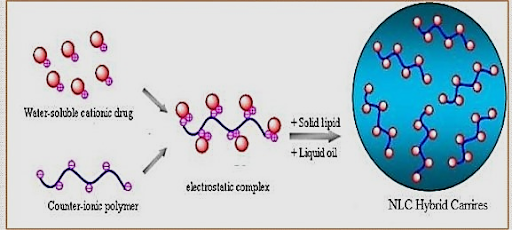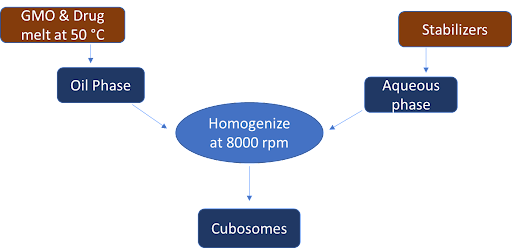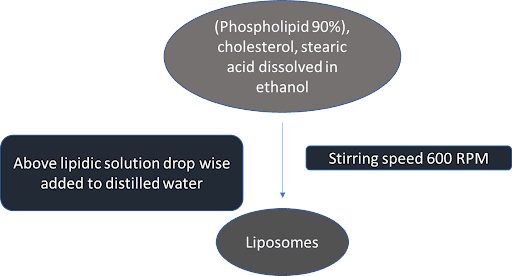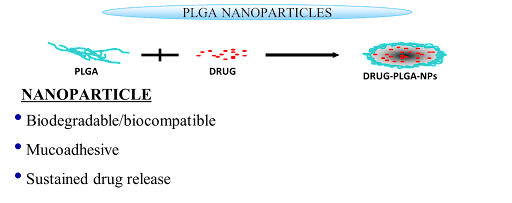This technological branch manipulates the molecular structure of materials to change their intrinsic properties and obtain others with revolutionary applications.
In 1959 the American Nobel prize and physicist Richard Feynman was the first to speak about the applications of nanotechnology at the California Institute of Technology (Caltech). With the 21st century, this area consolidated, was marketed, and came into its own. It includes other areas such as micro-manufacturing, organic chemistry, and molecular biology. In the United States alone, for example, more than 18 billion dollars were invested between 2001 and 2013 through the NNI (National Nanotechnology Initiative) to turn this sector into a driver of economic growth and competitiveness.
TYPES OF NANOTECHNOLOGY
The different types of nanotechnology are classified according to how they proceed (top-down or bottom-up) and the medium in which they work (dry or wet):
- DESCENDING (TOP-DOWN)
- Top-down approach involves the breaking down
of the bulk material into nanosized structures or
particles. Colloidal Formation and Particle size
reduction with mechanical engineering.
- Top-down synthesis techniques are extension of
those that have been used for producing micron
sized particles.
- Top-down approaches are inherently simpler and
depend either on removal or division of bulk
material or on miniaturization of bulk fabrication
processes to produce the desired structure with
appropriate properties.
ASCENDING (BOTTOM-UP)
Bottom-up approach refers to the build-up of a
material from the bottom: atom-by-atom,
molecule-by-molecule, or cluster-by cluster.
DRY NANOTECHNOLOGY
It is used to manufacture structures in coal, silicon, inorganic materials, metals, and semiconductors that do not work with humidity.
WET NANOTECHNOLOGY
It is based on biological systems present in an aqueous environment — including genetic material, membranes, enzymes, and other cellular components.

ADVANTAGES:
- Nanoparticles as drug carriers: high stability (i.e., long shelf life)
- Nanoparticles possesses high carrier capacity (i.e., many drug molecules can be incorporated in the particle matrix)
- The feasibility of incorporation of both hydrophilic and hydrophobic substances; and feasibility of variable routes of administration, including oral administration and inhalation.
- These carriers can also be designed to enable controlled (sustained) drug release from the matrix.
CHALLENGES WITH ACTIVE DRUG:
- Less bioavailability
- Less penetration
Dabur Research Foundation developed below technology model for Active loading in suitable format for commercial scale up:
- NLC (NANO STRUCTURED LIPID CARRIER)
- CUBOSOMES
- LIPOSOMES
- PLGA, NANO PARTICLES
NLC (NANO STRUCTURED LIPID CARRIER)
- NLC can be regarded as the second generation of solid lipid nanoparticles (SLN).
- It is composed of a binary mixture of both solid and liquid lipids.
Method of NLC preparation (Melt emulsification ultrasonication):
CUBOSOMES:
- Cubosomes are self- assembled nanostructured particles formed by aqueous lipid and surfactant.
- These are thermodynamically stable honeycombed structure systems.
Top-Down Cubosomes Preparation Method:
LIPOSOME:
Liposomes can be described as an encapsulated system where the outer body is composed of natural or synthetic phospholipid constituting of an aqueous phase at the core of the structure.
Ethanol injection method for Liposome Formulation:
PLGA NANOPARTCLES:
Dabur Research Foundation designed product range with nanotechnology model like –
Topical and OTC Products:
- Pain Relief Cream
- Pain Relief Roll on
- Antiaging Cream
- Hand Cream
- Night Cream
- Foot Cream
Ingestible Formats:
- Mouth dissolving Tablet
- Capsule
- Granulated powder
- Gummies
- Effervescent Tablet
Feel Free To connect with us for your query……!!!!








